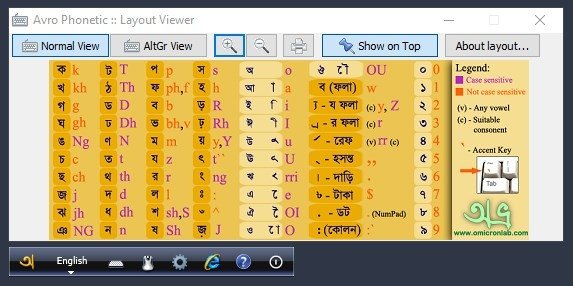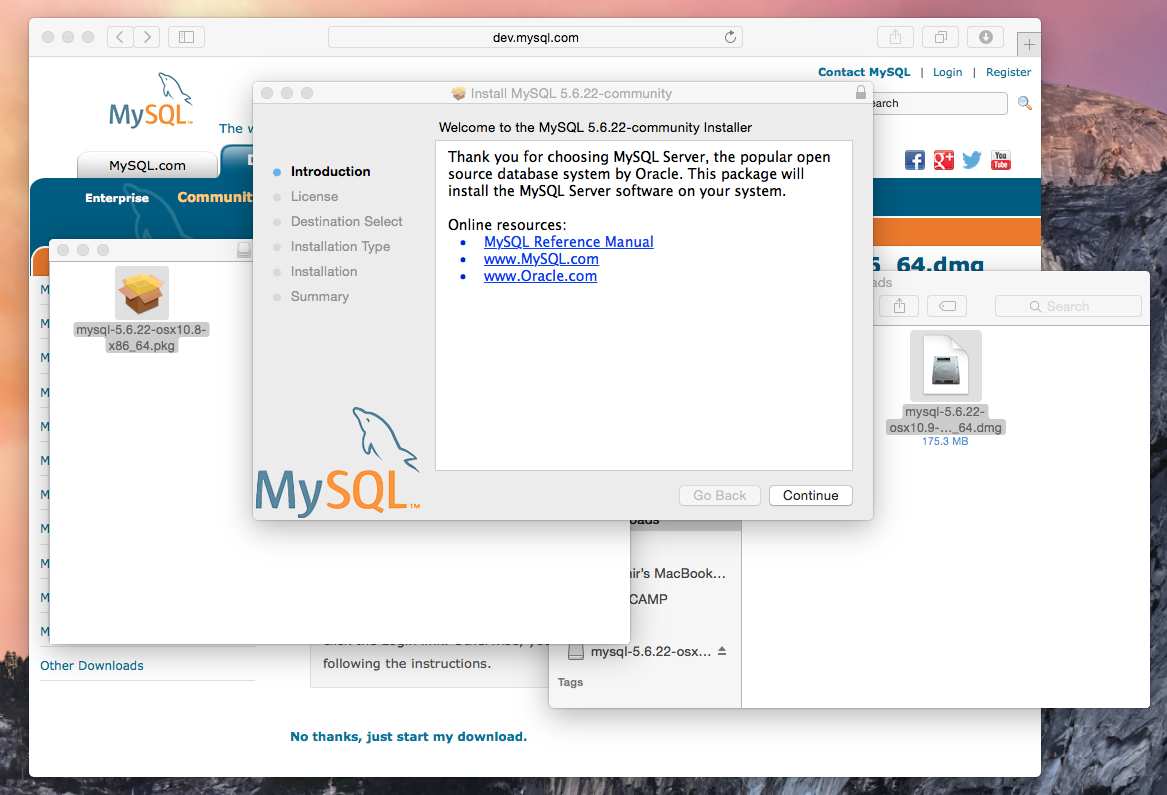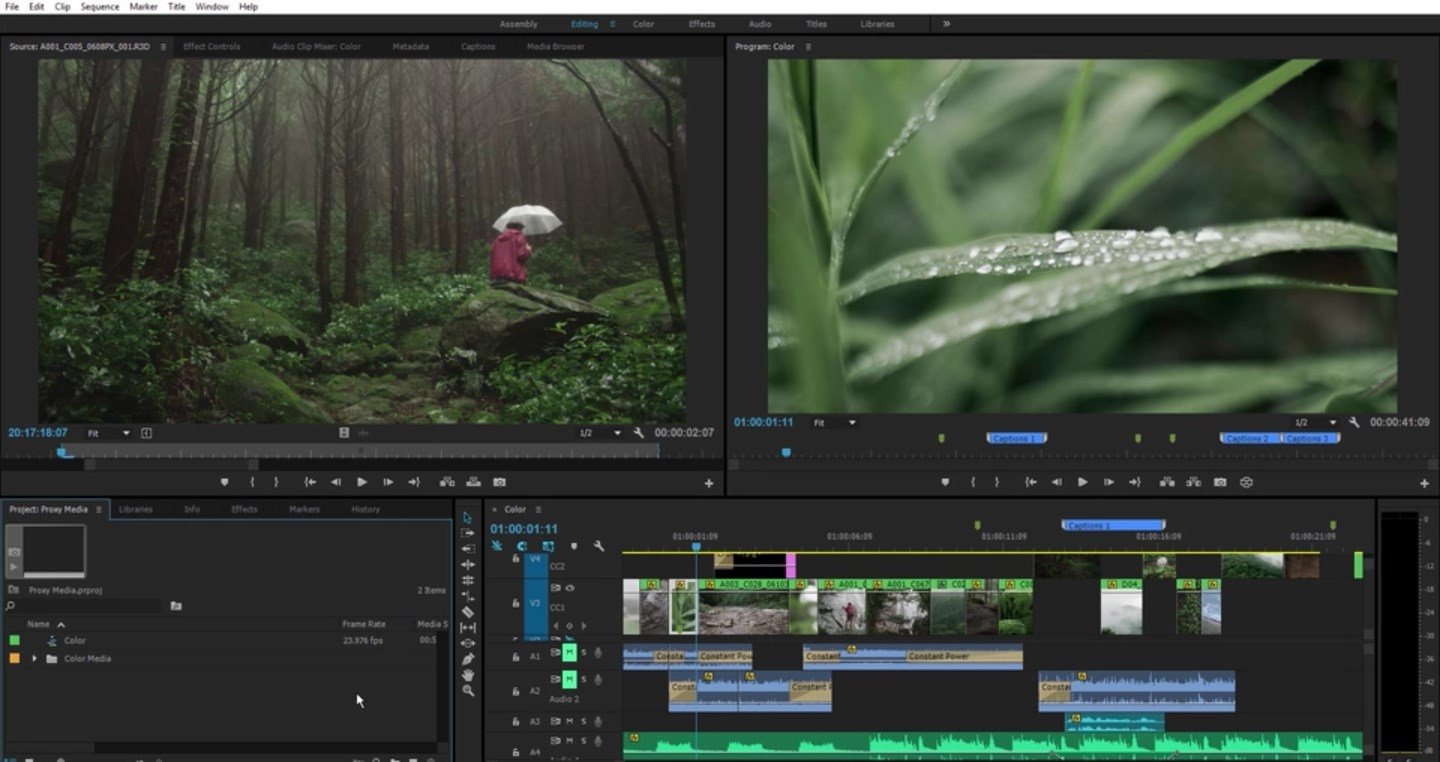Download And Install A Software In Mac Terminal
- Download And Install A Software In Mac Terminal Download
- Download And Install A Software In Mac Terminal Mac
- Install Mac Os Via Terminal
- Terminal For Mac
- Download And Install A Software In Mac Terminal File
Estimated reading time: 6 minutes
Installing applications on macOS and OS X computers is easy to do when deploying the apps as packages through the Terminal using the Installer command for quiet deployments across your network. For example, you can install applications using Terminal in Mac and Ubuntu. Using the Terminal in order to use install apps in Mac is pretty difficult when you are not familiar with this. But if you still have to install something using Terminal to know how the entire process works, GetMacApps would help you a lot. The installation file will download to your Mac’s Applications folder. Open the file to begin the installation, and then follow the on-screen instructions to complete the update (or rollback).
Docker Desktop for Mac is the Community version of Docker for Mac.You can download Docker Desktop for Mac from Docker Hub.
By downloading Docker Desktop, you agree to the terms of the Docker Software End User License Agreement and the Docker Data Processing Agreement.
What to know before you install
Relationship to Docker Machine: Installing Docker Desktop on Mac does not affect machines you created with Docker Machine. You have the option to copy containers and images from your local default machine (if one exists) to the Docker Desktop HyperKit VM. Whenyou are running Docker Desktop, you do not need Docker Machine nodes running locally (or anywhere else). With Docker Desktop, you have a new, nativevirtualization system running (HyperKit) which takes the place of theVirtualBox system.
System requirements
Your Mac must meet the following requirements to successfully install Docker Desktop:


Mac hardware must be a 2010 or a newer model, with Intel’s hardware support for memory management unit (MMU) virtualization, including Extended Page Tables (EPT) and Unrestricted Mode. You can check to see if your machine has this support by running the following command in a terminal:
sysctl kern.hv_supportIf your Mac supports the Hypervisor framework, the command prints
kern.hv_support: 1.macOS must be version 10.14 or newer. That is, Mojave or Catalina. We recommend upgrading to the latest version of macOS.
If you experience any issues after upgrading your macOS to version 10.15, you must install the latest version of Docker Desktop to be compatible with this version of macOS.
Note: Docker supports Docker Desktop on the most recent versions of macOS. Docker Desktop currently supports macOS Mojave and macOS Catalina.
As new major versions of macOS are made generally available, Docker stops supporting the oldest version and support the newest version of macOS.
At least 4 GB of RAM.
VirtualBox prior to version 4.3.30 must not be installed as it is not compatible with Docker Desktop.
What’s included in the installer
The Docker Desktop installation includes Docker Engine, Docker CLI client, Docker Compose, Notary, Kubernetes, and Credential Helper.
Install and run Docker Desktop on Mac
Double-click
Docker.dmgto open the installer, then drag the Docker icon to the Applications folder.Double-click
Docker.appin the Applications folder to start Docker. (In the example below, the Applications folder is in “grid” view mode.)The Docker menu in the top status bar indicates that Docker Desktop is running, and accessible from a terminal.
If you’ve just installed the app, Docker Desktop launches the onboarding tutorial. The tutorial includes a simple exercise to build an example Docker image, run it as a container, push and save the image to Docker Hub.
Click the Docker menu () to seePreferences and other options.
Select About Docker to verify that you have the latest version.
Congratulations! You are now successfully running Docker Desktop.
If you would like to rerun the tutorial, go to the Docker Desktop menu and select Learn.
Uninstall Docker Desktop
To unistall Docker Desktop from your Mac:
- From the Docker menu, select Troubleshoot and then select Uninstall.
- Click Uninstall to confirm your selection.
Note: Uninstalling Docker Desktop will destroy Docker containers and images local to the machine and remove the files generated by the application.
Switch between Stable and Edge versions
Docker Desktop allows you to switch between Stable and Edge releases. However, you can only have one version of Docker Desktop installed at a time. Switching between Stable and Edge versions can destabilize your development environment, particularly in cases where you switch from a newer (Edge) channel to an older (Stable) channel.

For example, containers created with a newer Edge version of Docker Desktop maynot work after you switch back to Stable because they may have been createdusing Edge features that aren’t in Stable yet. Keep this in mind asyou create and work with Edge containers, perhaps in the spirit of a playgroundspace where you are prepared to troubleshoot or start over.
Experimental features are turned on by default on Edge releases. However, when you switch from a Stable to an Edge release, you must turn on the experimental features flag to access experimental features. From the Docker Desktop menu, click Preferences > Command Line and then turn on the Enable experimental features toggle. Click Apply & Restart for the changes to take effect.
To safely switch between Edge and Stable versions, ensure you save images and export the containers you need, then uninstall the current version before installing another. For more information, see the section Save and Restore data below.
Save and restore data
You can use the following procedure to save and restore images and container data. For example, if you want to switch between Edge and Stable, or to reset your VM disk:
Download And Install A Software In Mac Terminal Download
Use
docker save -o images.tar image1 [image2 ...]to save any images you want to keep. See save in the Docker Engine command line reference.Use
docker export -o myContainner1.tar container1to export containers you want to keep. See export in the Docker Engine command line reference.Uninstall the current version of Docker Desktop and install a different version (Stable or Edge), or reset your VM disk.
Use
docker load -i images.tarto reload previously saved images. See load in the Docker Engine.Use
docker import -i myContainer1.tarto create a filesystem image corresponding to the previously exported containers. See import in the Docker Engine.
For information on how to back up and restore data volumes, see Backup, restore, or migrate data volumes.
Where to go next
- Getting started provides an overview of Docker Desktop on Mac, basic Docker command examples, how to get help or give feedback, and links to other topics about Docker Desktop on Mac.
- Troubleshooting describes common problems, workarounds, howto run and submit diagnostics, and submit issues.
- FAQs provide answers to frequently asked questions.
- Release notes lists component updates, new features, andimprovements associated with Stable releases. For information about Edge releases, seeEdge release notes.
- Get started with Docker provides a general Docker tutorial.
Mac OS X is bit different from any other operating systems out there. If you have previously used Ubuntu then you might get some similarity with that. For example, you can install applications using Terminal in Mac and Ubuntu.
Using the Terminal in order to use install apps in Mac is pretty difficult when you are not familiar with this. But if you still have to install something using Terminal to know how the entire process works, GetMacApps would help you a lot.

Introducing GetMacApps:
This is a brilliant website that provides Terminal command to get everything done within moments. Although the number of available applications is limited and the number is pretty low but all useful and the most essential Mac apps are available to download.

You will get the following apps:-
- Chrome
- Firefox
- NetNewsWire
- Unison 2
- LibreOffice
- OpenOffice
- Skim
- Skitch
- aText
- Calibre
- Skype
- Thunderbird
- Handbrake
- VLC Player
- Audacity
- Gimp
- Last.fm Scrobbler
- Inkscape
- Transmission
- FileZilla
- Cyberduck
- Transmit
- Sequel Pro
- Souce Tree
- GitHub
- CodeKit
- Tower
- Postgres.app
- Coda
- TestWrangler
- Caffeine
- Iterm 2
- Flux
- Grand Persepective
- Coconut
- Battery
- 1Password
- TinyGrab
- Alfred
- Synergy
- Quicksilver
- Notational Velocity
- Carbon Copy Cloner
- The Unarchiver
- Path Finder 6
So, you have seen that the list is pretty huge at all – almost 50 apps.
How to use GetMacApps to install apps using Terminal?
The overall process is very simple and not yet much time consuming. At first, go to the website of GetMacApps and choose app(s) that you would like to install.
After that, scroll down and click the “Install These!” button.
You will get a Terminal command that you have to copy.
Now open Terminal and paste the command and hit enter.
You will get a screen something like the following picture;
It indicates that your app is being installed. It doesn’t take a long time to complete the whole process – generally it takes few seconds more than regular installation.
Download And Install A Software In Mac Terminal Mac
That’s it! Hope this trick will help you. If you have any other question, feel free and do ask me anytime.
Install Mac Os Via Terminal
Terminal For Mac
Feel Free to share your thoughts in the comment section below.Download And Install A Software In Mac Terminal File
Don't forget to follow us on Twitter, like our Facebook Fan Page and Add us to your circles on Google+ to keep you updated with the latest technology news, gadget reviews, launches around the world and much more
